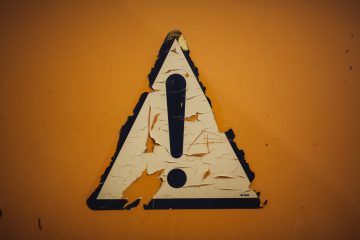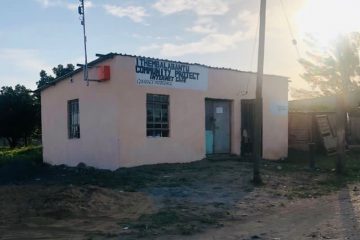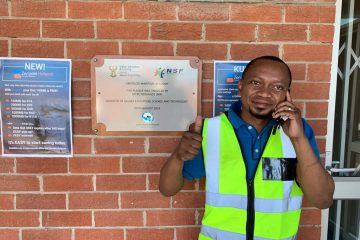Brulpadda and why SA needs AEI
The South African government wants private investors to find oil and gas to help tackle the energy crisis which is heading toward catastrophe. The government tried to find oil and gas themselves back in 2011 (project Ikwezi) and sunk $1.1bn or $220 million per well for each of the five wells drilled, finding virtually no oil/gas at all. The ensuing write down that PetroSA took, resulted in disastrous political fallout for the government.
Faced with rolling electricity blackouts of six hours a day ‘load shedding’, Eskom is unable to cope. Coal-fired electricity plants (85% of the country’s electricity generation) are at the end of their useful life, coal reserves (within reach of those plants) are running out and a crippled balance sheet are just part of the problem.
Oft-touted renewables are not the solution as they are too expensive when battery storage is taken into account. Total’s February 2019 gas find off the Southern coast, Brulpadda, whilst globally significant, will be unaffordable for Eskom as they will seek to sell the gas to Asia at $8.00 per Gigajoule, while Eskom is already loss making when paying the equivalent of $4.50 per Gigajoule under their existing coal contracts.
However, there is one solution to the South African energy crisis in the offing: AEI (Alumni Energy Investments Ltd). This has the potential to deliver onshore South African gas at below Eskom’s cost threshold, and with a government subsidy of less than $10 million per well vs the $220 million of taxpayers money per well paid for Project Ikwezi. Of course, exploring for oil and gas is a high risk/high reward strategy and, ordinarily, investors would shy away from these type of investments if their capital was at risk.
If oil/gas is struck, the government gets 60% of the revenues (hence the secondary impacts mentioned below) as well as securing inexpensive natural gas for Eskom. And if AEI fails to find oil and gas, it avoids any political fallout and the investor’s downside risk has also been mitigated. Of course, striking oil and gas could have material secondary impacts: it could fix the South African energy crisis, eliminate the fiscal deficit, grow GDP by 6% through import substitution, create 400,000 jobs and reduce carbon emissions by 60%. It also creates a charitable trust devoted to South African charitable causes. Local communities are also allocated shareholding, where their encyclopaedic knowledge of the local landscape has materially reduced exploration costs.



0 Comments